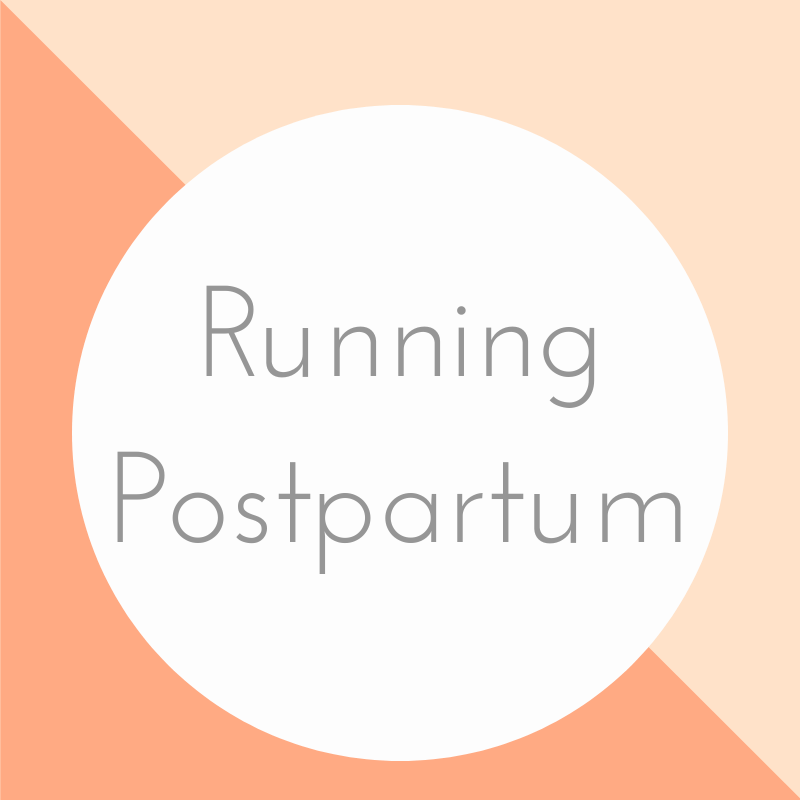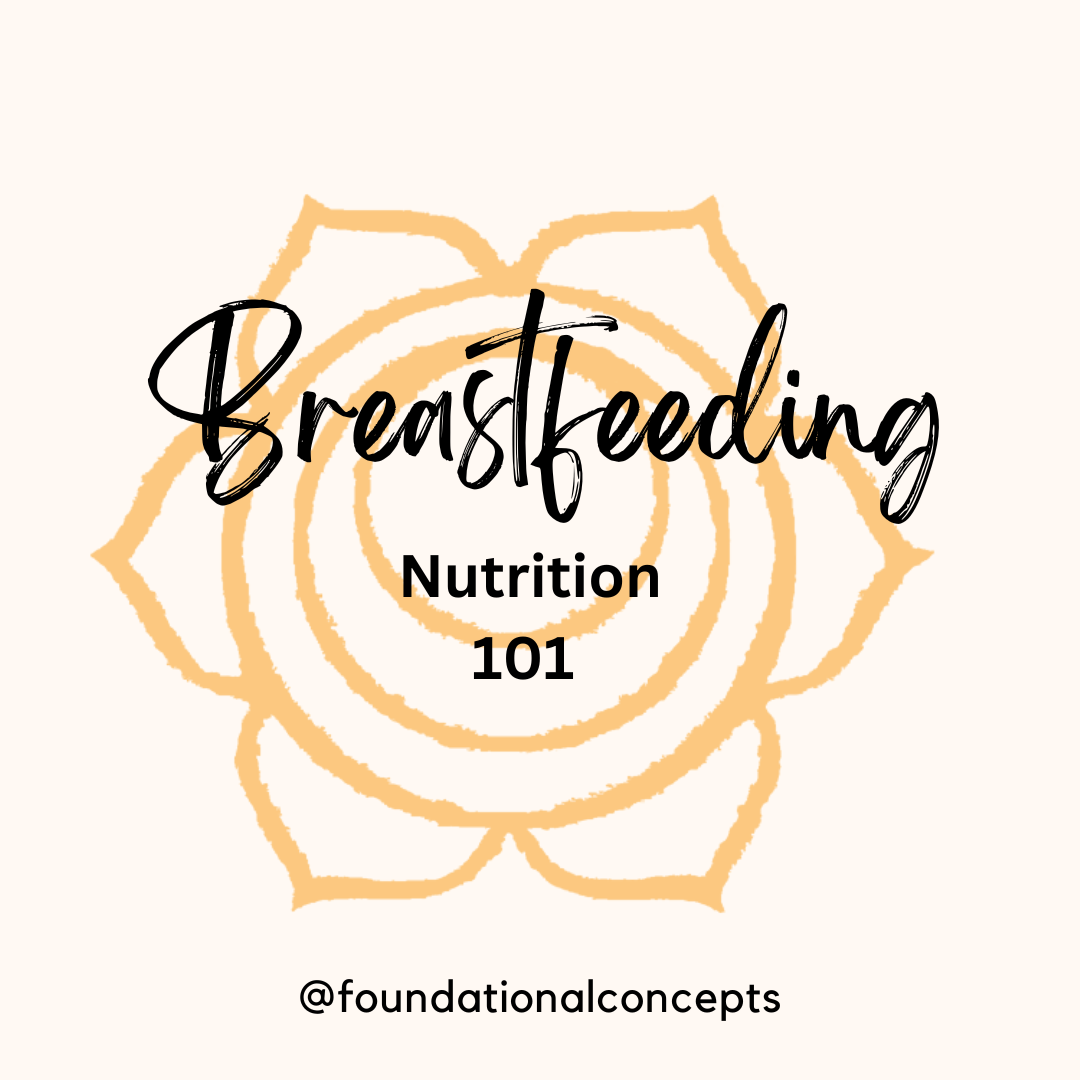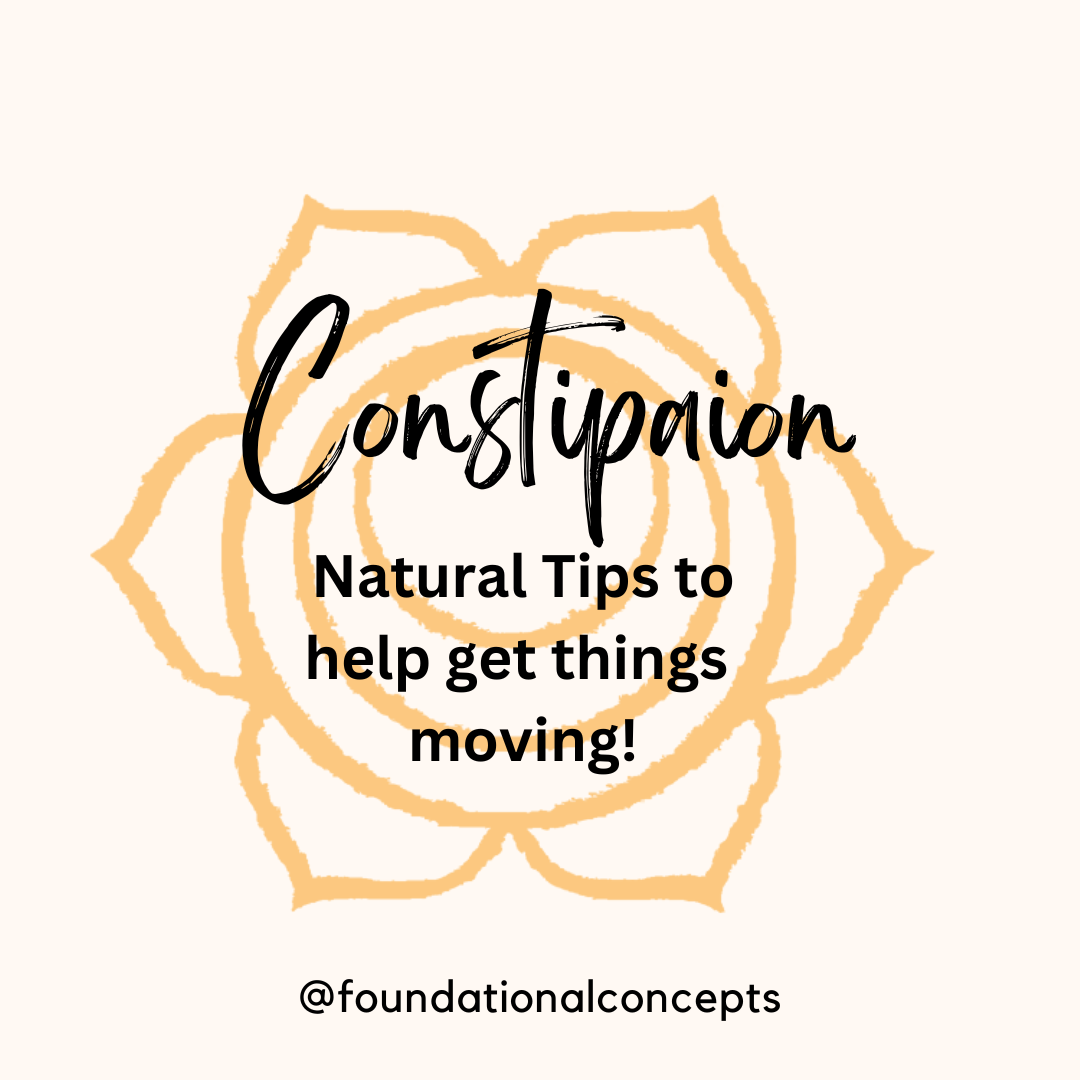Nutrition plays such an important role in our pregnancies and post-partum periods. Breastfeeding requires time…

Running Postpartum
Feeling like your body is out of whack when you’re attempting to run postpartum? Even if you ran during your pregnancy, researchers have found that after baby women change their running gait. It appears that it may be a protective mechanism, almost as if our brain knows what injuries we have just sustained. It seems our intuitive system is working to reduce stress so as not to cause more damage. Pretty awesome!
As a postpartum mama, you need to be cautious as you return to running. There have been many changes that have occurred in your body. We need to respect these changes and give our bodies time to rehabilitate. As a runner, if you sprain an ankle or knee or hurt your back, you would rest. You would go see a physical therapist to help you recover from the injury. You would expect several weeks of work to get things back on track and then you would slowly return to running.
Why do we expect more after delivery of a baby? The expectation that jumping right back in to running at the same level just six weeks postpartum needs to change. If I sound frustrated it’s because I am. That six-week check up with your doctor where they clear you to “go on with life” should really read, “Go see a postpartum specialist in physical therapy so you can rehab and get back to the activities you love.” Maybe it’s because OB-GYN physicians aren’t used to rehab for musculoskeletal issues? Maybe it’s just a cultural thing – our friends in Hollywood are seen on magazine covers just weeks after baby looking amazing (thank you Photoshop). Whatever the reason, we need to shift our mindset and understand that delivering babies is tough stuff. Returning to exercise after giving birth requires some attention to restore healthy strength and function.
What should you, as a runner expect after baby?
- Your body needs time to recover. At 6 weeks, the tissues have begun to heal from any perineal laceration you may have sustained. Similar to having a torn rotator cuff in the shoulder, you have to restore the function and strength of the pelvic floor muscles. Get in to see a specialist who can make sure you are engaging your pelvic floor properly and tell you how strong it is (or isn’t) after baby. Most women, even those who ran through their pregnancy, have a strength of just 2/5 (5/5 is normal). If your quadriceps (muscles in the thigh) were that weak, you would not be able to rise out of a chair!!!! Yup, let that sink in.
- This isn’t a matter of Kegeling to the finish line. Just like when you tear your rotator cuff, you don’t strengthen only that group of muscles. The pelvis, like the shoulder requires a symphony of muscle coordination to achieve optimal movement and function. You have to learn to coordinate the abdominal wall, the spine, hips, diaphragm and pelvic floor to provide a solid foundation upon which to run. Again, a specialist in post partum care can help you with this.
- Your abdominal wall needs some TLC. You cannot carry a baby and not develop a Diastasis (separation of the fascial tissue in the abdominal muscles). It may resolve on its own, or it may not. You need to make sure you don’t have one and that you are performing the most efficient exercises for you to ensure it heals strong and functional. The abdominals have to support the pelvic floor and vice versa so just considering one isn’t going to get you back to running without injury. You need a specialist to help you most efficiently work to restore functional strength of the abdominal wall.
- Your organs need support. Most women also have mild prolapse after delivery. You heard me, you likely have some small degree of prolapse. It’s ok, it too can be helped. However, if you go out running right away at 6 weeks with no consideration for what your strength and coordination is, it will likely get worse! The pelvic floor, abdominal wall, diaphragm and spinal muscles work together for organ support. If you don’t have good balance in this system, you create too much pressure into he pelvis and can worsen a prolapse. Again, a specialist in postpartum recovery can help you work through this.
- Research shows we alter gait postpartum, likely as a defense mechanism. When we alter gait we use different muscles – this can cause us to develop poor habits. This usually results in pain or injury in various places in the trunk and lower extremities. If you want to return to optimal ability, take it slow and yes, you guessed it, find a specialist in postpartum rehabilitation (like us!) to help you get there.
The most wonderful part about needing some rehab after baby is that most often these visits are few. Once you establish care and understand how to work the system correctly, it is an easy road to recovery and return to running! Often, our mamas who come in at 6 weeks are ready to safely begin a running progression after 6 weeks of therapy, just one visit a week. Everyone is different and it can take longer, but on average you will only have to give us 6 hours of your time, and commit to a 20-30 minute exercise program done 3-5 days a week. Once you restore the proper function and strength of the pelvic floor, your own activities (running) will continue to strengthen your deep muscle system and the program we design will be a maintenance routine you keep.



